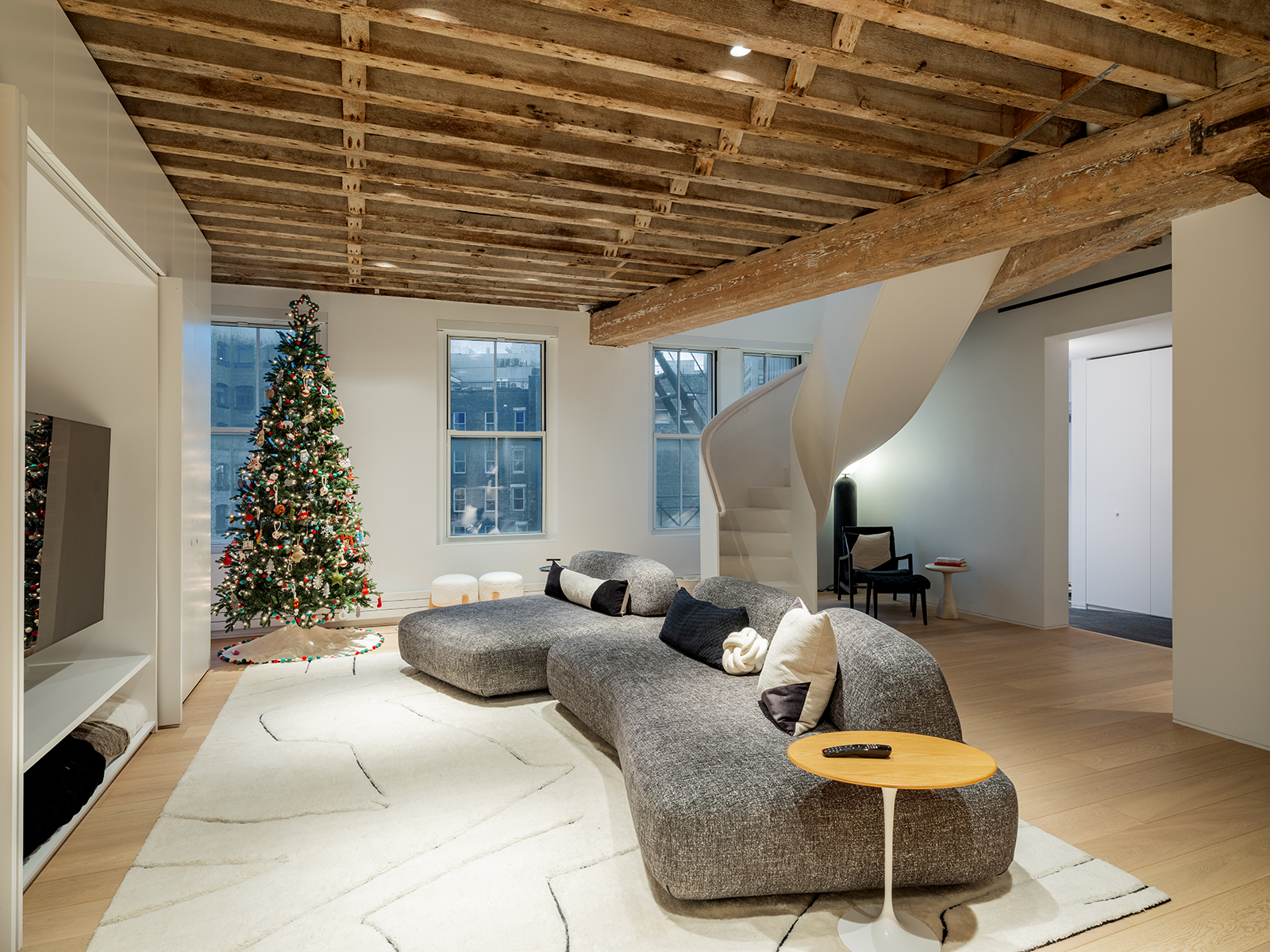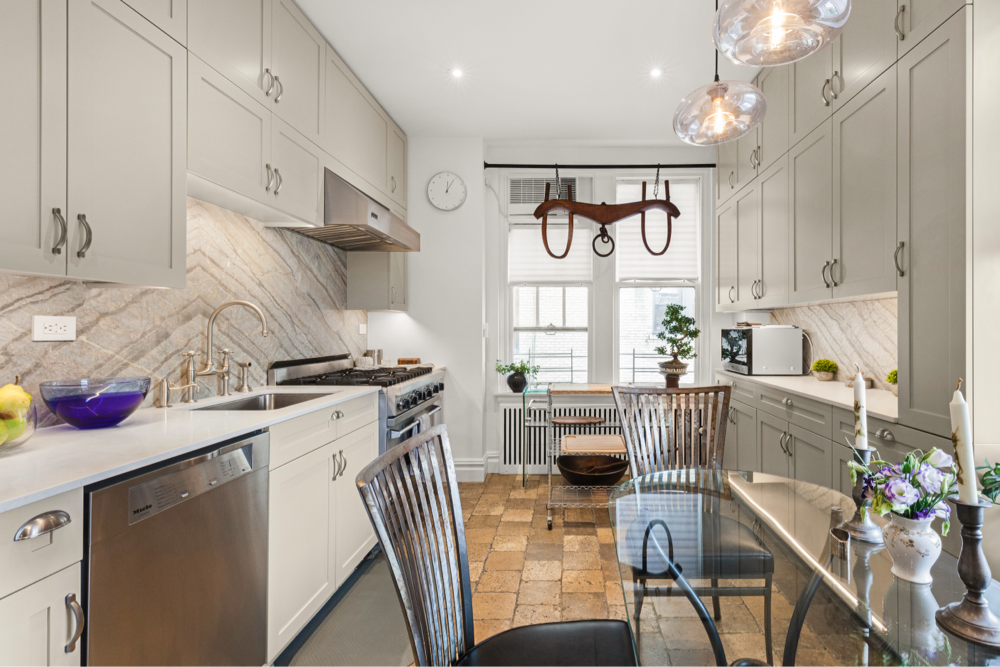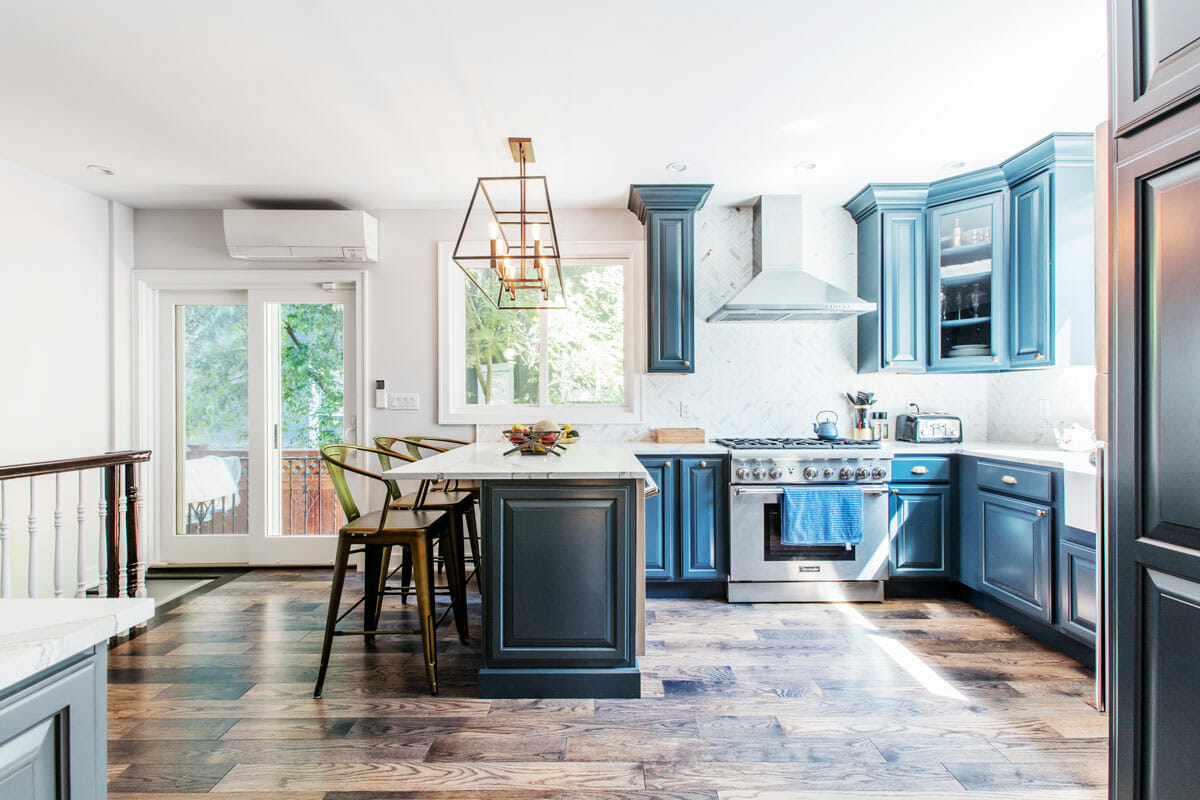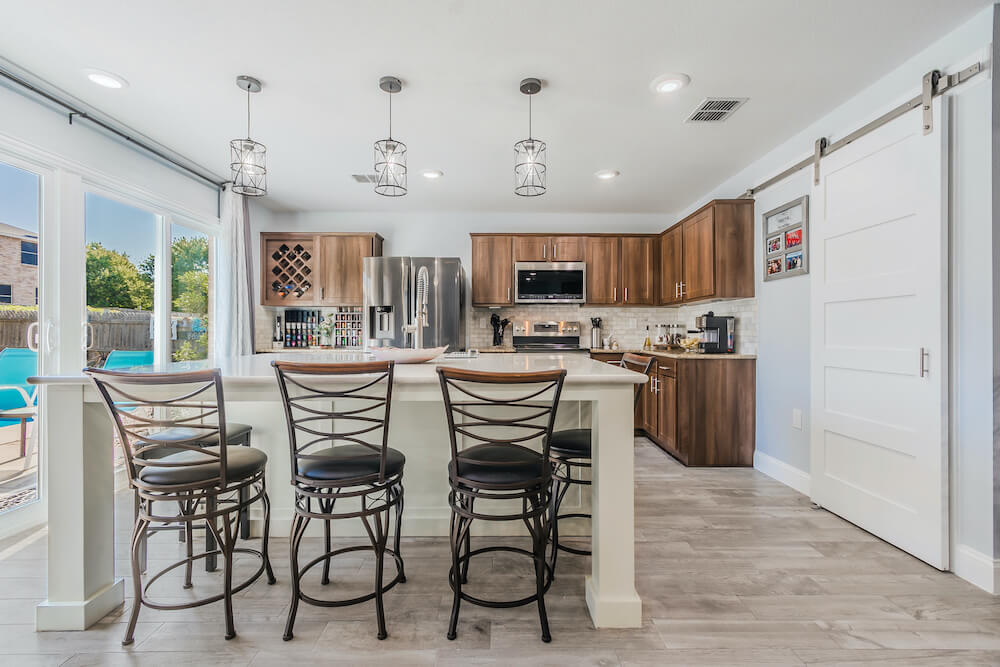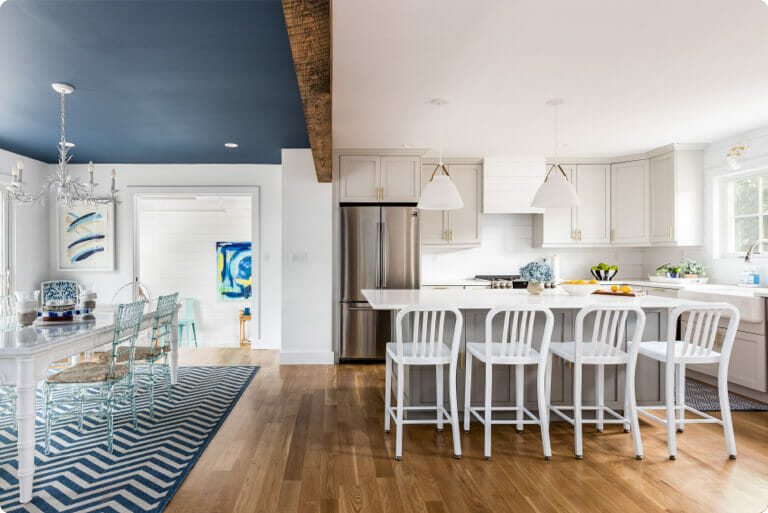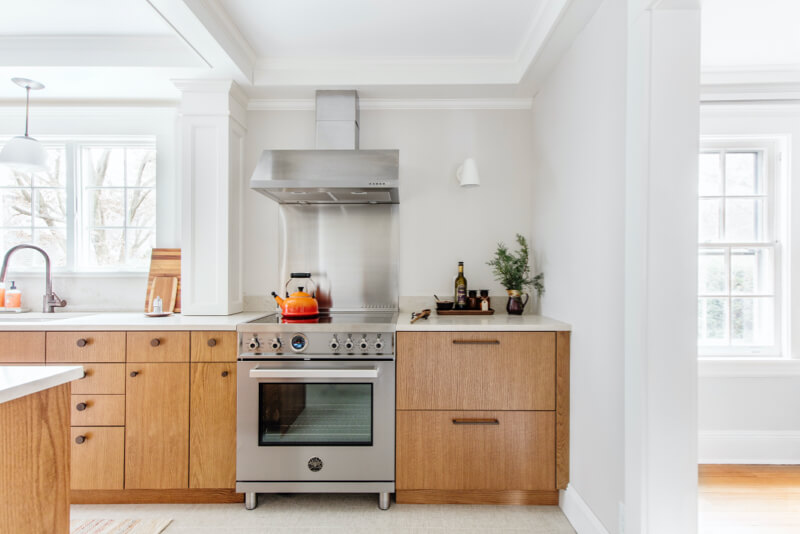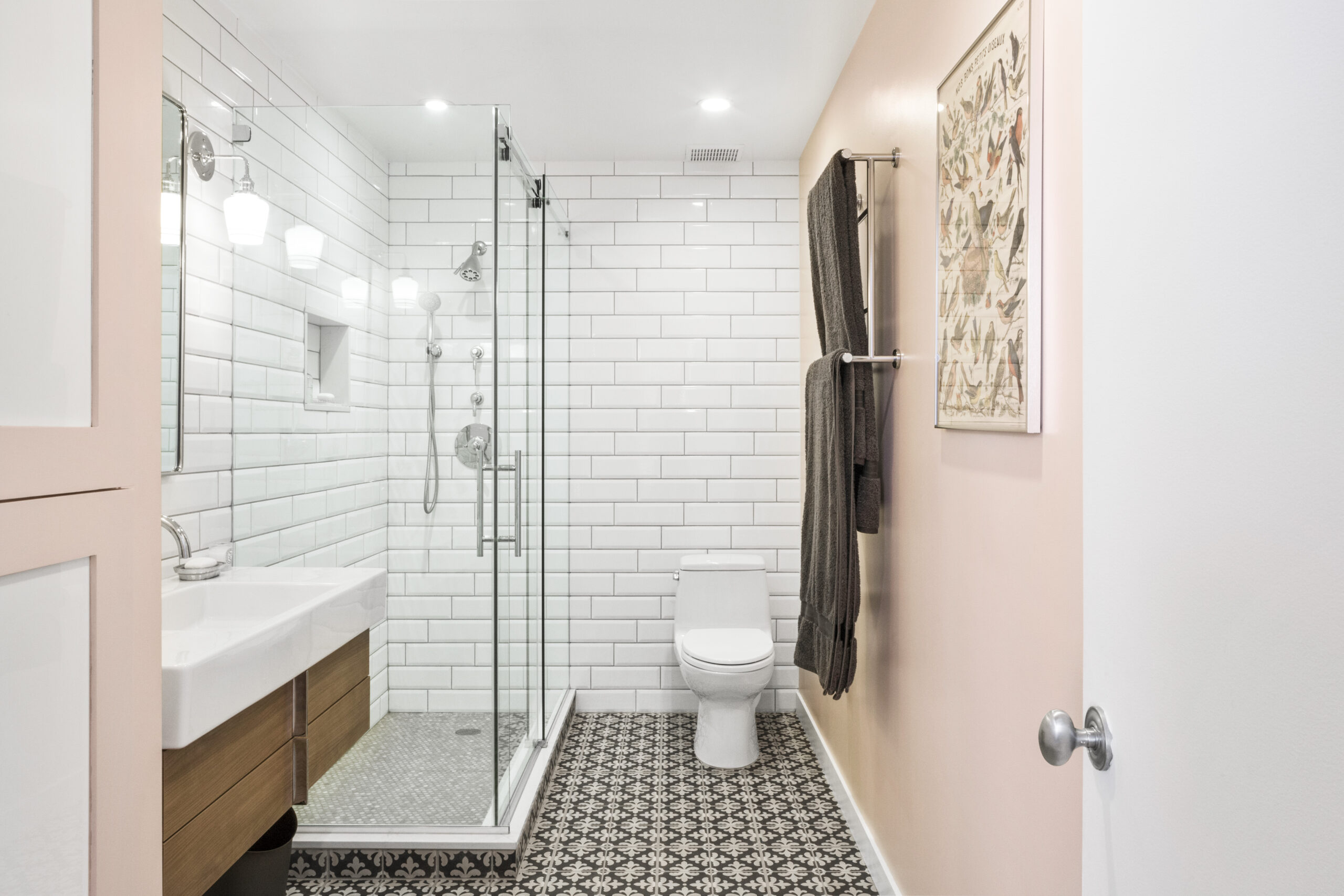How Molding Transforms Bare Walls into Bespoke Spaces
You’ve probably spent hours agonizing over paint colors, furniture, and decor, trying to give your rooms a distinct personality. But what if the biggest impact comes from something you’ve completely overlooked? The answer might be molding. Adding decorative trim to ceilings, floors, and doorways can transform bare walls into spaces that feel undeniably “finished”—and even boost your home’s value. Here’s how this often-ignored design element actually works its magic.
The decorative trim of crown molding adds timeless character and visual appeal
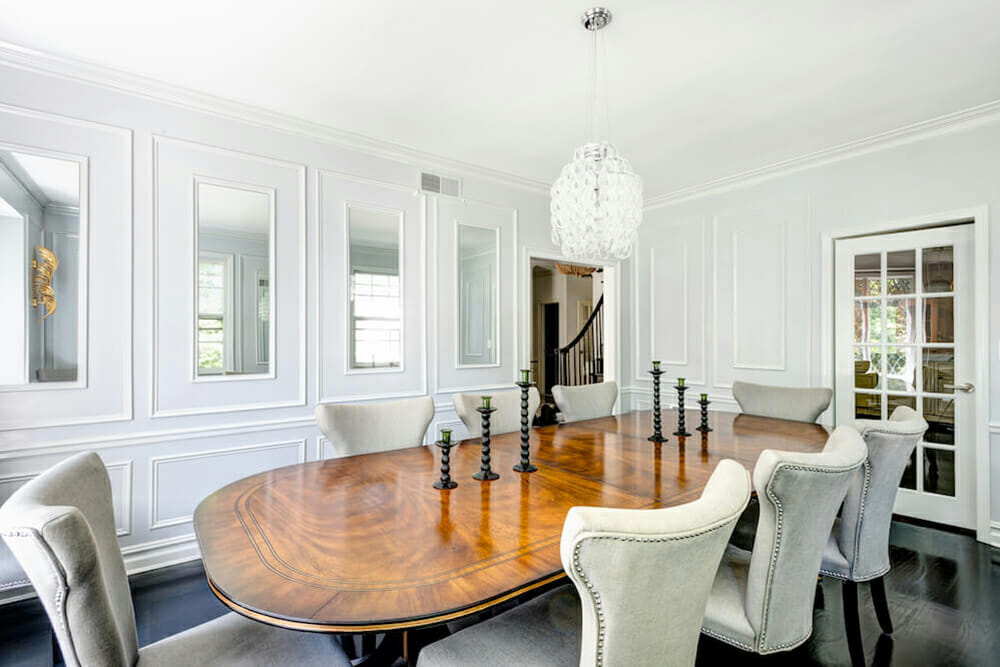
Post your project on Sweeten for free and make your dream renovation a reality. Sweeten simplifies home renovation by connecting homeowners with top-rated general contractors, handling the vetting process and project management. To learn more about how we can help, check out our home renovation services.
Crown molding styles
You might think molding is just, well, molding. But just like any architectural detail, there’s a specific function and aesthetic for each type. You can strategically add trim to nearly any surface in a room, from the ceiling down to the floor, and everywhere in between. While some styles offer universal appeal, others are purpose-built for a particular spot. Here’s a breakdown of the key players and what makes them essential:
Crown molding
This is the showstopper, the “crown” that gives a room its stately finish, installed where the ceiling meets the wall. Crown molding isn’t a one-size-fits-all detail; it ranges from sleek, minimalist lines to intricate, multi-layered designs that can be combined for a truly bespoke effect. While pre-made options offer convenience, working with a fabricator allows for custom wood designs.
Casing
Don’t skip this one. Casing isn’t just decorative; it’s the trim that smartly conceals the often-uneven gap between your walls and door or window frames. Beyond aesthetics, it plays a crucial role in stabilizing these openings. For a cohesive, integrated look, casing and baseboards should either match or closely resemble each other. This ensures the trim enhances the room without visually overwhelming it, especially when paired with a dominant crown molding.
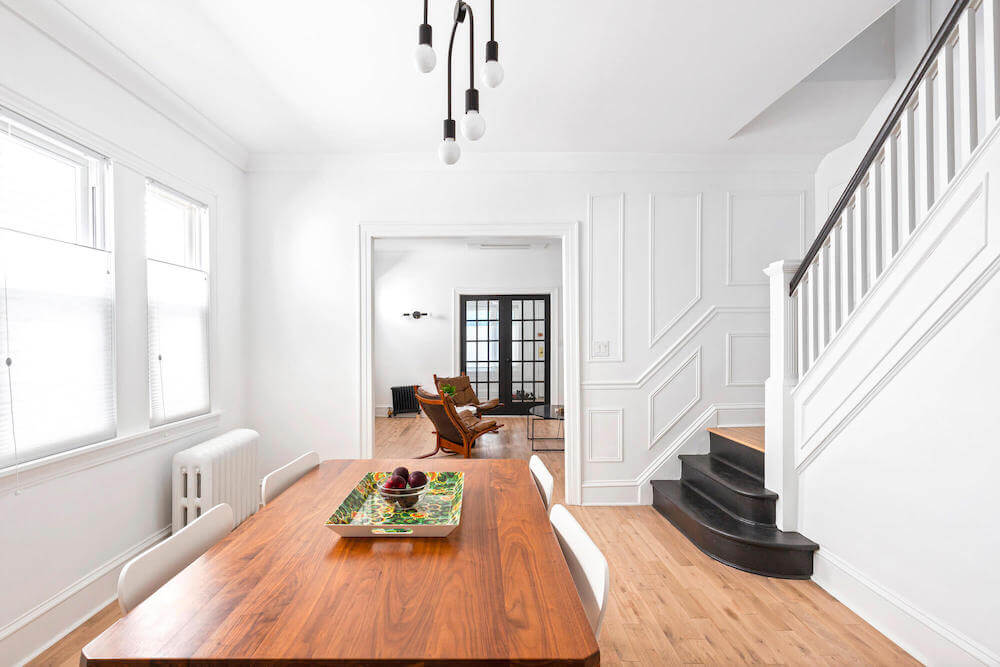
Chair rail
Often misunderstood as purely decorative, the chair rail is a surprisingly practical design element. Positioned roughly halfway up a wall, its primary purpose is to shield your surfaces from scuffs and dings caused by furniture. But its utility doesn’t stop there. As a built-in visual separator, it naturally divides the wall, opening up possibilities for distinct design choices. Imagine painting the areas above and below in contrasting colors, or combining paint with elegant wood paneling or patterned wallpaper. There’s another smart benefit too: if a section gets damaged, you only need to repair or repaint that specific area, not the entire wall, making touch-ups far easier and more cost-effective.
Panel molding
If you’ve ever admired walls with integrated architectural detail, you’ve likely seen panel molding at work. This decorative trim is specifically designed to frame out raised-panel constructions on walls, giving them a rich, custom-built look. Think of classic examples like beadboard or wainscoting – panel molding is the detail that truly defines these timeless styles, adding depth and a sense of permanence to a room. Sweeten brings homeowners an exceptional renovation experience by personally matching trusted general contractors to your project, while offering expert guidance and support—at no cost to you. Renovate expertly with Sweeten
Picture frame molding
This versatile molding serves a surprising dual purpose. Firs, picture frame molding lets you create elegant, framed sections directly on your walls. These can be left as subtle architectural details or further enhanced with contrasting paint, luxurious fabric, or bold wallpaper to create a bespoke focal point. Secondly, and perhaps more ingeniously, you can install this molding near the ceiling to support hooks for hanging pictures. This means no more unsightly nail holes directly in your drywall, offering a clean, flexible way to display art.
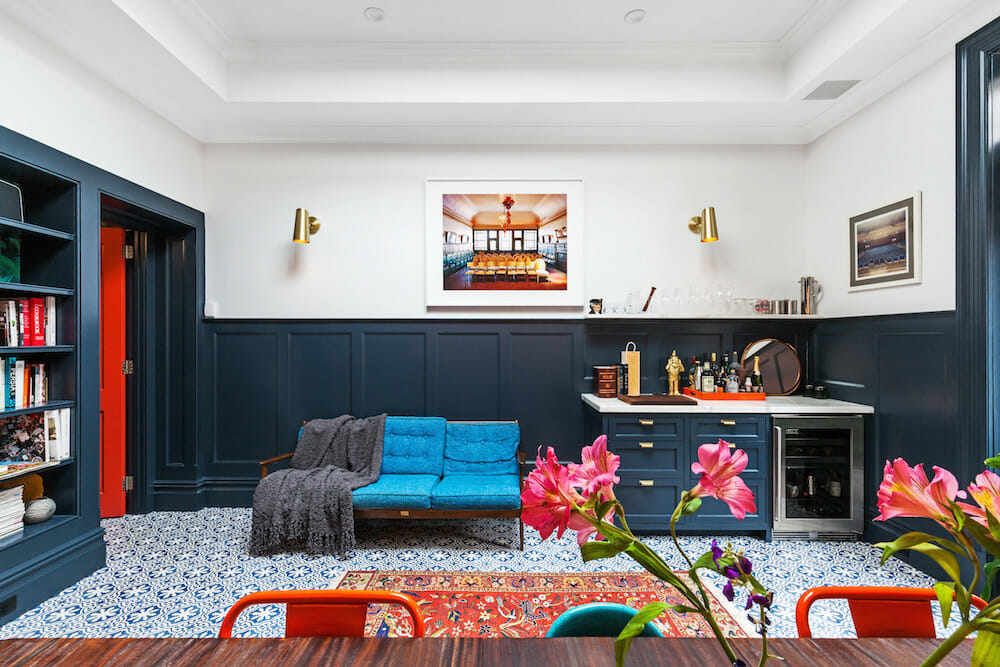
Here’s how Sweeten works: We pre-screen them for our network, carefully select the best ones for your remodeling project, and work closely with hundreds of general contractors every day.
Baseboards
Besides casing, this trim is the most common. It sits at the juncture between the wall and the floor. The purpose is twofold: to protect against shoe scuffs and to give the floor a finished appearance, hiding any separation that may occur as the room settles. You can go narrow or wide here, as your taste and the room’s style dictate.
Medallions
Typically used to conceal the opening through which a light fixture such as a chandelier descends, medallions are also decorative. Available in a range of sizes, apply one or several for pure embellishment on a wall, as an alternative to art.
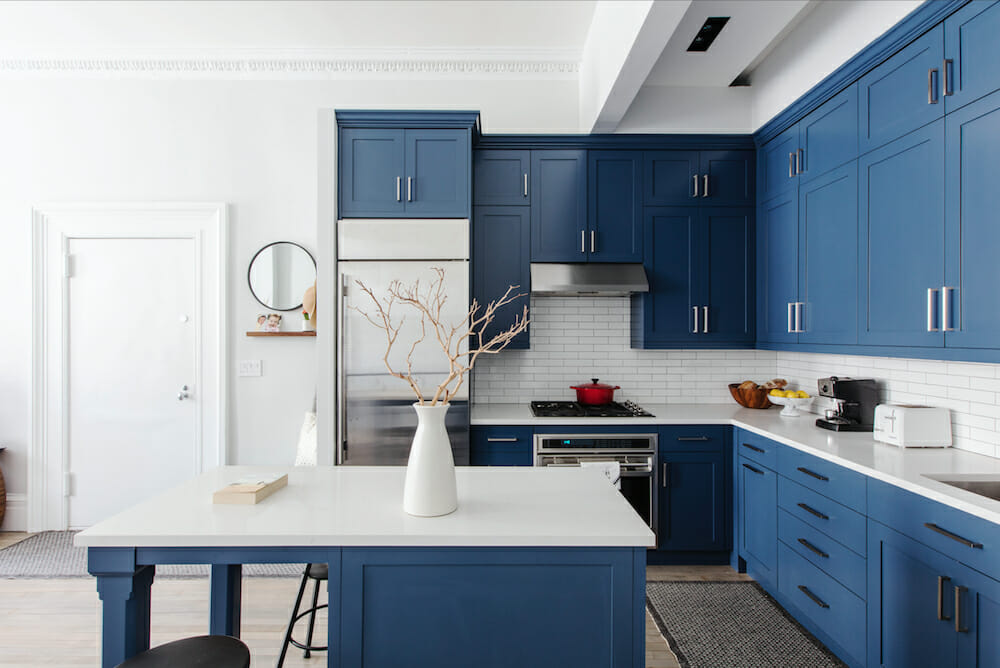
How to use decorative crown molding
- Crown molding most commonly runs along the perimeter of two surfaces to conceal or soften the appearance of the transition between them. Think window frames or crown moldings, described above.
- It can also be applied to pleasing and elegant effect to top cabinets or a bookcase, for a built-in, bespoke look.
- Crown molding that is at least a couple inches deep can also serve as a wall shelf or plate rail in a kitchen.
- Go even deeper and you can employ molding for a fireplace mantel.
- Drop crown molding a few inches from the ceiling and light it for an extra touch of drama in a living or great room, or a romantic glow for a dining room. There are two-piece molding systems available with lights in the lower molding that project upward, illuminating the upper piece. Your contractor can help you create a similar effect with a strip of LED lights.
- Also consider UL-Listed hollow crown molding that can hide common household wiring, good for a home office.
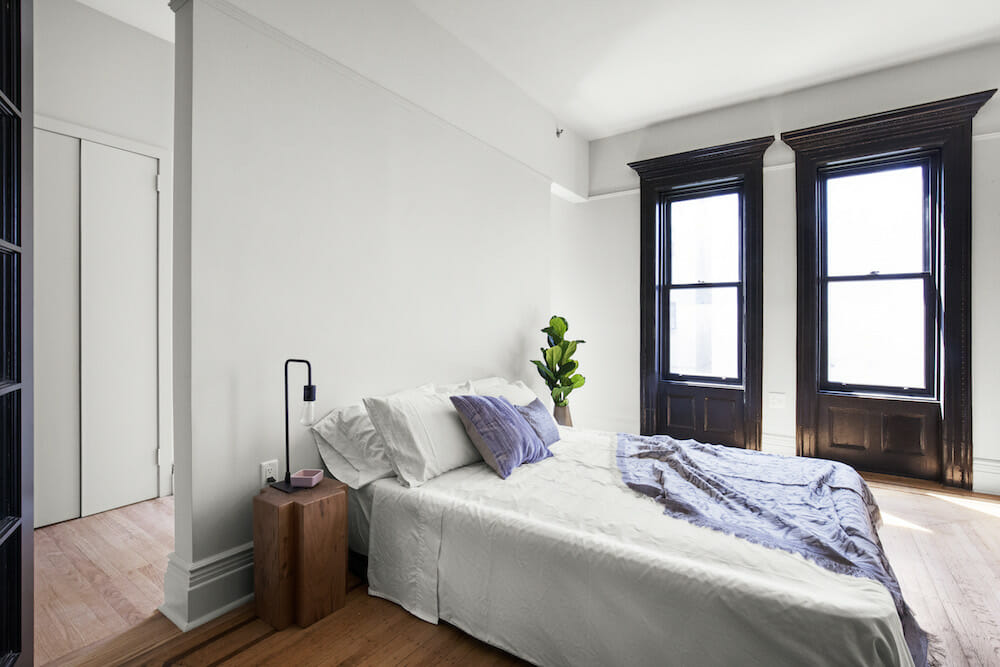
Crown molding materials and profiles
Molding is widely available through stores like Home Depot and Lowe’s as well as lumberyards and some hardware stores. You’ll find a vast selection of profiles—the shape or contour that you see when the molding is seen from its side—from crisp, straight edges to sensuous, elaborate curves. Stock items come in six- or eight-foot lengths.
- Patterns – what you see from the front—include classic dentil and egg-and-dart, as well as floral and abstract designs.
As for what molding is made of, the most popular options include wood, of course, as well as MDF, plaster, and plastic. All of these materials can be painted, and the woods can be stained.
- Wood – Wood molding comes in a variety of species, some hard like maple, and some soft like pine. Go for wood if you want to match walls of the same species or seek an effect from a distinctive grain, like that found in fir or oak. Wood takes stains, varnishes, clear coating, or paint. Some manufacturers will offer wood molding pre-primed and ready for painting.
For an authentic, historic look, check out salvage outlets for reclaimed wood molding from old, deconstructed houses.
As a natural material, wood will respond to changes in humidity so it’s not for rooms with a lot of moisture.
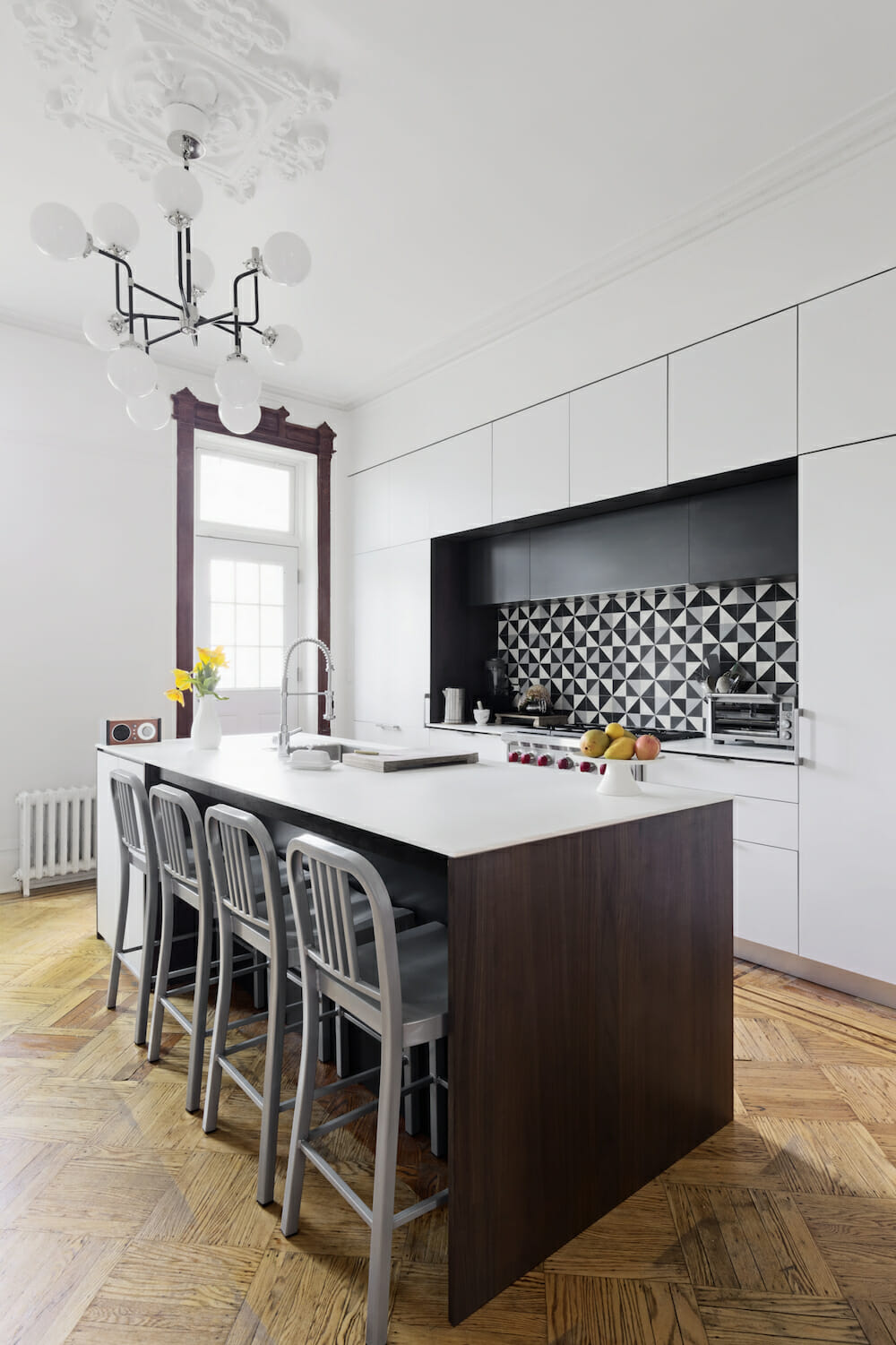
- MDF – Made of wood fibers and resin, medium-density fiberboard (MDF) is a stable yet flexible material, suitable for surfaces that are not completely flat or even. It resists water better than wood and is lighter than plaster but heavier than the plastic options. It should come pre-primed, ready to paint or finish once installed.
- Plaster – A time-honored molding material going back a couple centuries, plaster offers lots of choice in ornate designs. Since it’s also heavy and rigid, it’s not good for rooms where walls are not plumb. For experienced installers only!
- Plastic – There’s a range of options within plastics—polyurethane, polystyrene, PVC. All are flexible to conform to rooms with curves. They are also lightweight, and hence easier to handle than plaster and some woods. Of particular importance, plastics are waterproof, and so will not expand, constrict, split, or warp from exposure to changes in temperature or moisture, such as a kitchen or bath. They are also easy to cut and come ready to paint or faux finish.
- Metal – This material is for rooms with stamped metal ceiling panels.
How to install crown molding
Unless you are an experienced DIYer, it’s best to work with a pro when selecting the size of crown molding for a particular application. First, you or the contractor will need to match the molding to your home’s era and décor. Note that mid-century architecture, in its drive to streamline, did away with most ornamentation. Because of this, it will be hard to find crown molding examples from this time. However, very simple trim—molding, baseboard, and casings—can enhance even a very contemporary or minimal space to make the room feel truly finished. Here, paint the trim the same color as the walls.
Pick the right crown molding for your home
The array of styles and range of materials make molding a simple and fairly thrifty addition to a room—once you’ve made your selection! It can transform a room without requiring you to move a single wall or replace a bit of furniture. If your home has a historic or traditional heritage, you have much more leeway for choosing different types of molding, including very elaborate styles. Look at pictures of historic homes online or in books for period-appropriate inspiration and guidance.
Planning to renovate? Get free cost estimates from our partner GCs!
Get matched with our vetted general contractors and receive at least 3 quotations for free! You can also find endless home renovation inspiration, detailed guides, and practical cost breakdowns from our blogs.
